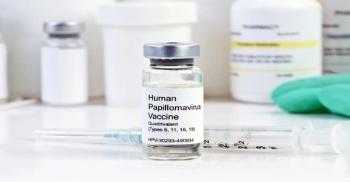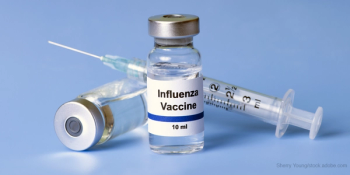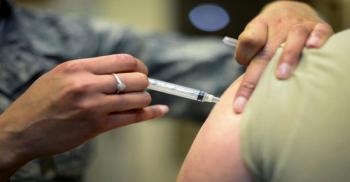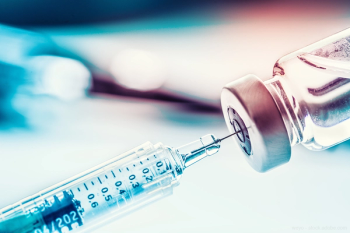
Launch of shingles vaccine hits some roadblocks
The highly effective new shingles vaccine, Shingrix, has been in high demand since its launch in late 2017, but there have been supply issues and some administration errors. Find out what is being done.
A new vaccine to treat shingles has been recognized as highly effective, but its launch earlier this year has not been without problems.
Since its release, however, there have been some demand and administration challenges for the vaccine.
Demand problems
Reports of wait lists for vaccine and national shortages have developed in recent months, with the CDC reporting shortages as early as May 2018.
What is GSK doing?
Sean Clements, a spokesperson for GSK, acknowledged demand problems, but said the company is working to find solutions.
“We have seen unprecedented demand for Shingrix by patients and healthcare professionals, and responding to that demand, we have significantly increased deliveries and accelerated shipments of doses of vaccine for this year,” Clements said.
He expects that Shingrix will be shipped regularly and available throughout 2018. He said 1.5 million Americans have received the vaccine already.
“When distributing vaccine, we are focused on a fair and equitable allocation plan across all customer segments, to help ensure your patients have the opportunity to complete the two-dose series,” Clements added. “We understand that this is a challenging situation to manage and GSK is fully committed to expediting Shingrix resupply throughout 2018.”
Clements said the company is working with the FDA and CDC to communicate any demand issues.
Administration and storage problems
Another bump in the road for Shingrix has been administration and storage errors. According to the
Resolving errors
Clements said GSK anticipated some initial confusion on administration due to the differences between Shingrix and its predecessor. Shingrix needs only to be refrigerated and not frozen, he noted. Anticipating the confusion, GSK created a
“Once we saw the early reports, we increased our efforts and developed additional communications, including a communication to the Immunization Action Coalition (IAC), National Foundation for Infectious Diseases (NFID) and the American College of Physicians (ACP) to request their assistance in educating their membership on proper administration and storage,” Clement said.
GSK will continue to work with FDA and CDC to find ways to resolve these errors, he added.
Cost concerns
There are also some concerns about the cost of the vaccine, at $140 per dose and $280 for the entire series. Some research has shown that traditional shingles vaccination and boosters may be more cost-effective for some patients. A research letter published in the
Newsletter
Stay informed and empowered with Medical Economics enewsletter, delivering expert insights, financial strategies, practice management tips and technology trends — tailored for today’s physicians.








